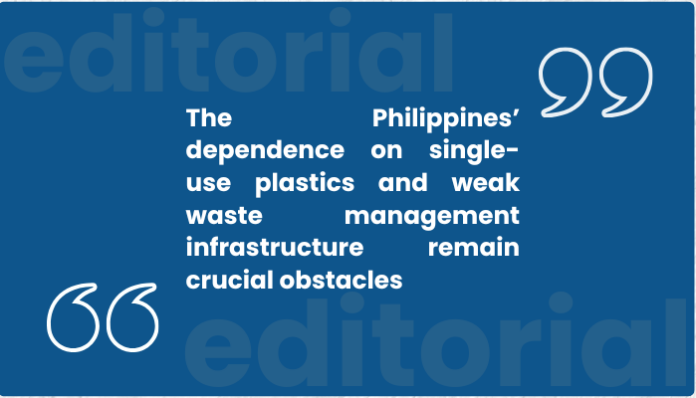NINE days from now, countries, including the Philippines, will mark again the annual World Environment Day, established 53 years ago at the Stockholm Conference on the Human Environment.
The event, which has since encouraged awareness and action for the protection of the environment, with support from many non-government organizations, businesses, government entities, represents the primary United Nations outreach day supporting the environment.
The World Environment Day 2025 theme is “Ending Plastic Pollution,” promoted with #BeatPlasticPollution, which highlights how plastic waste has infiltrated every corner of our world – from oceans and coastlines to the food we eat.
The event, hosted by South Korea, will spotlight the growing evidence on the impacts of plastic pollution, its goal aimed at gearing up action to refuse, reduce, reuse, recycle, and rethink plastic use to build a cleaner and more sustainable future, according to the United Nations Environment Program.
In the run up to the celebration, we see the Philippines, an archipelagic nation of 117 million and 7,100 plus islands, faces a significant challenge with plastic pollution, despite efforts to beat it.
But salute to the government which, despite administration changes in the past half century, has stood up with legislative strategies to this glaring face of pollution.
But while legislations like the Ecological Solid Waste Management Act and the National Plan of Action for Marine Litter exist, and some ports have achieved outstanding reductions in plastic waste leakage, the country’s dependence on single-use plastics and weak waste management infrastructure remain crucial obstacles.
Like other rapidly developing countries, the Philippines generates some 2.7 million metric tons of plastic waste annually and 20 percent of that goes to the ocean, according to the World Bank.
There is also the Philippines Extended Producer Responsibility (EPR) law of 2022 which requires big companies with more than P100 million ($1.7 million) in assets to take responsibility for reducing their plastic waste.
But critics say the law has several shortcomings.
They are expected to recover 20 percent of their plastic waste by the end of 2023 and 80 percent by 2028, preventing it from entering the environment.
Companies can comply with the recovery targets on their own or authorize a “producer responsibility organization” like the Makati-headquartered nonprofit PCX Solutions, which published the report.








